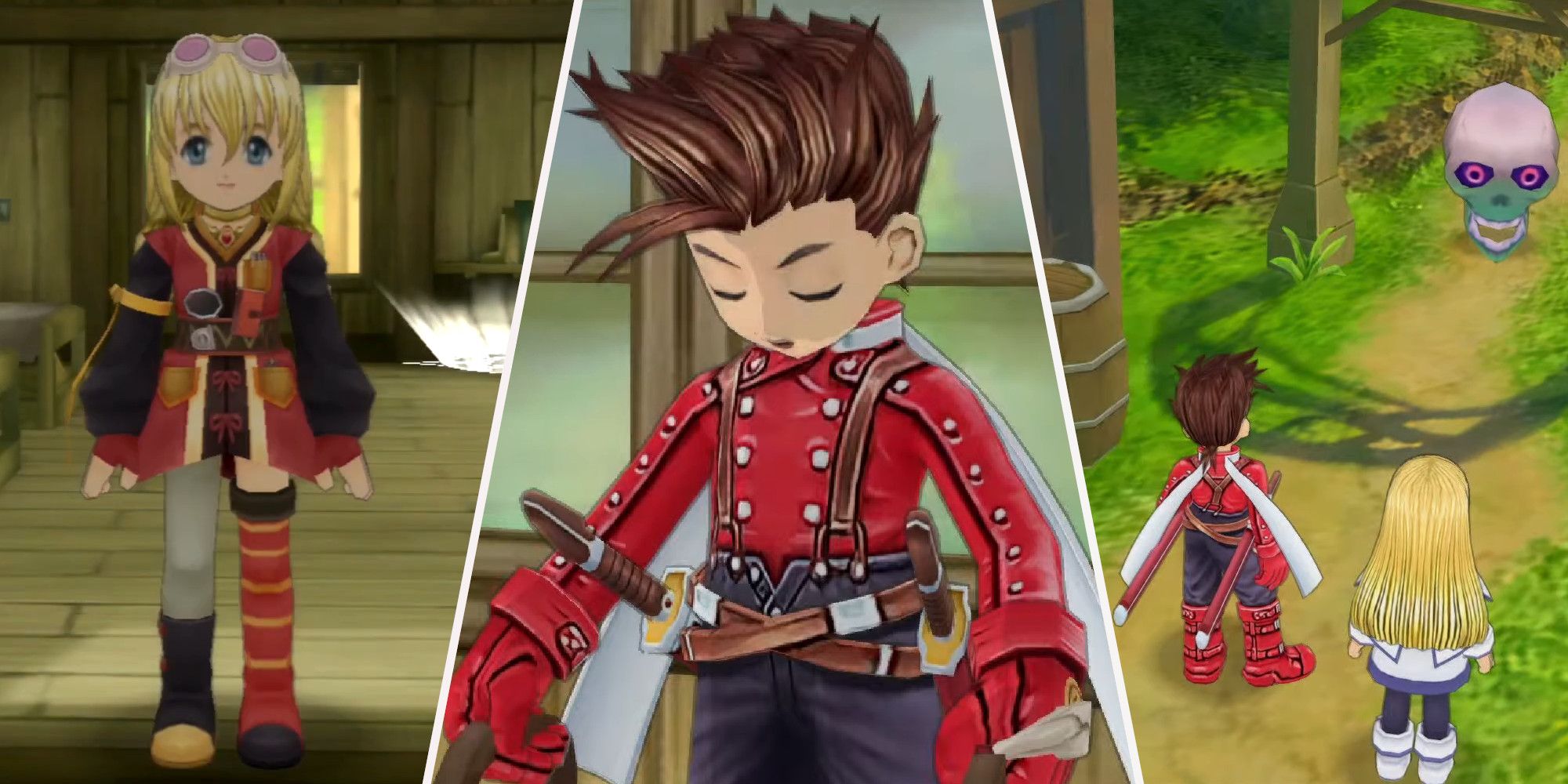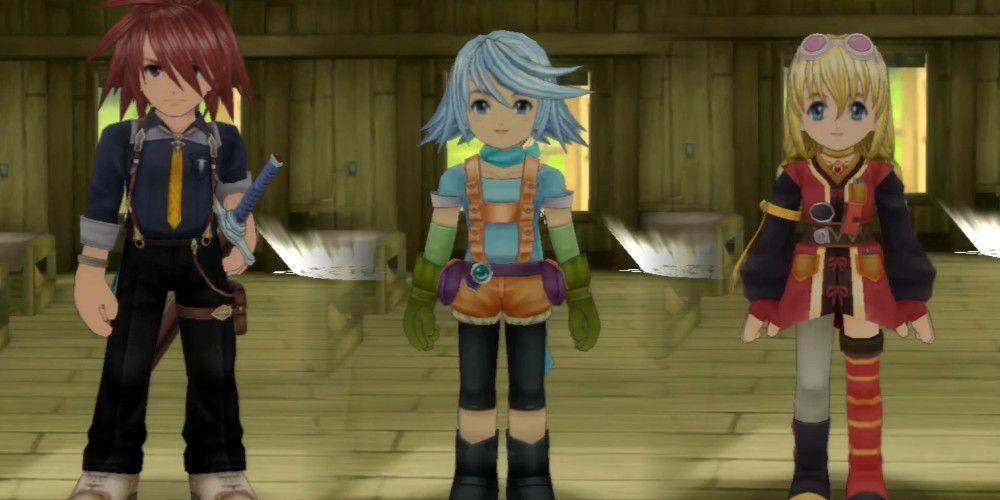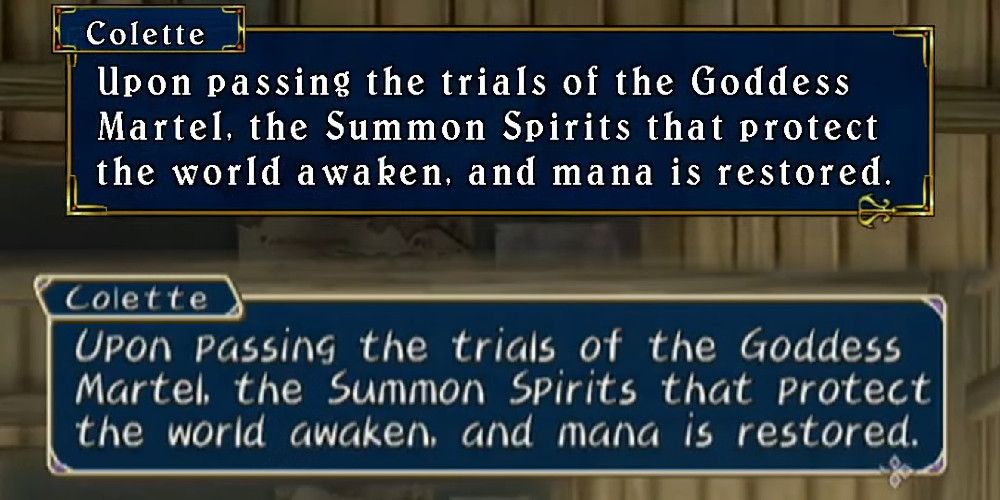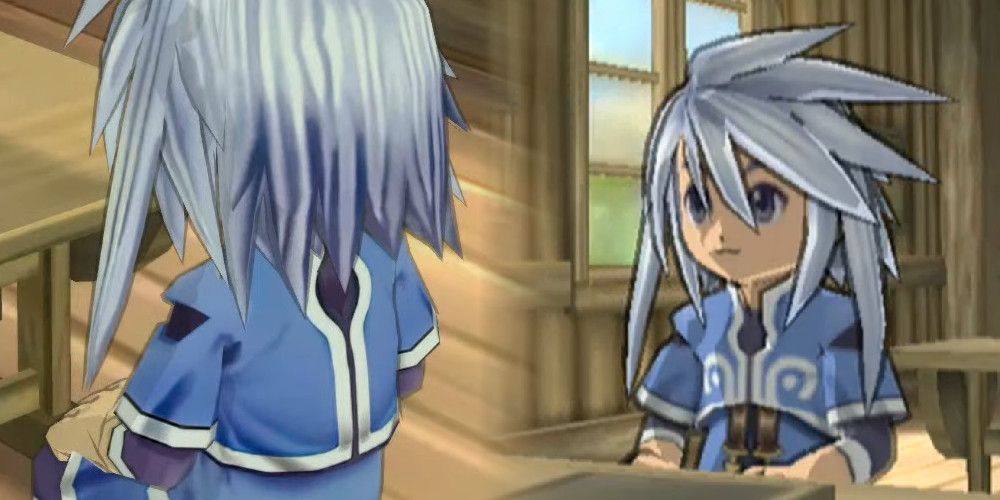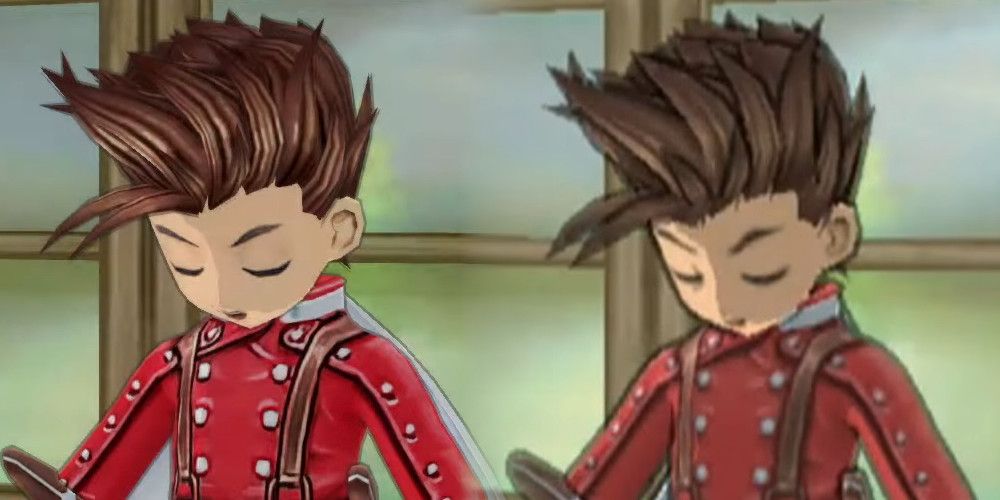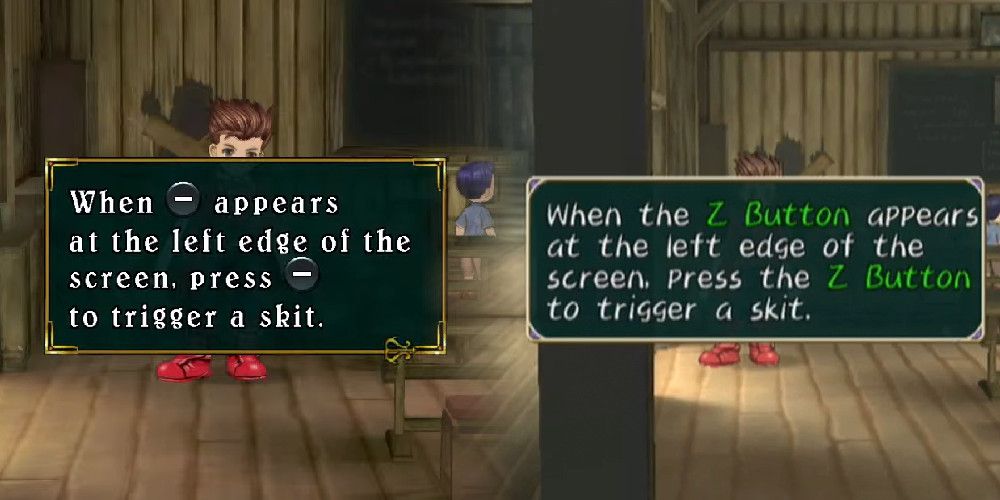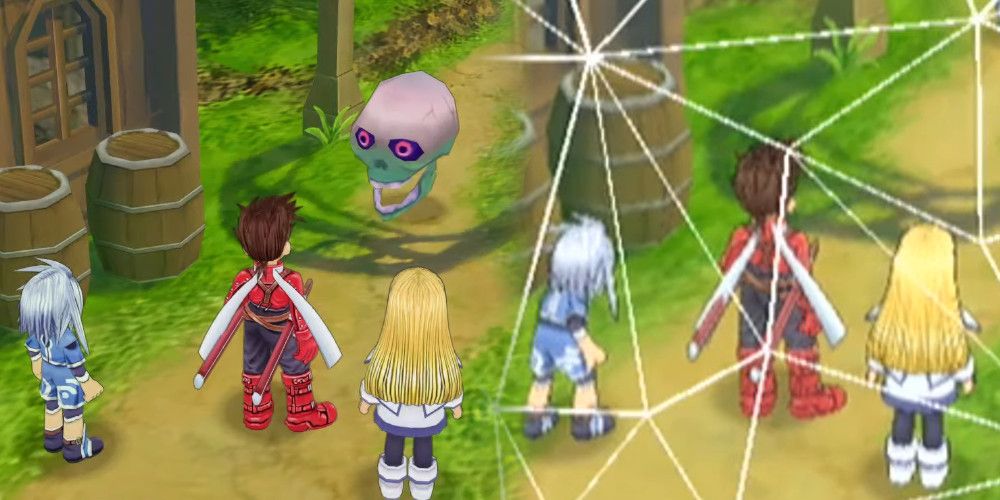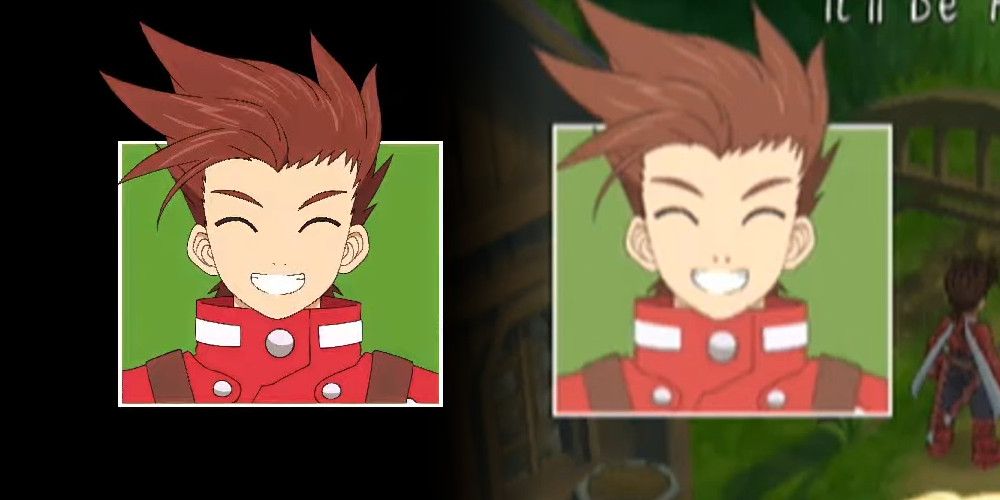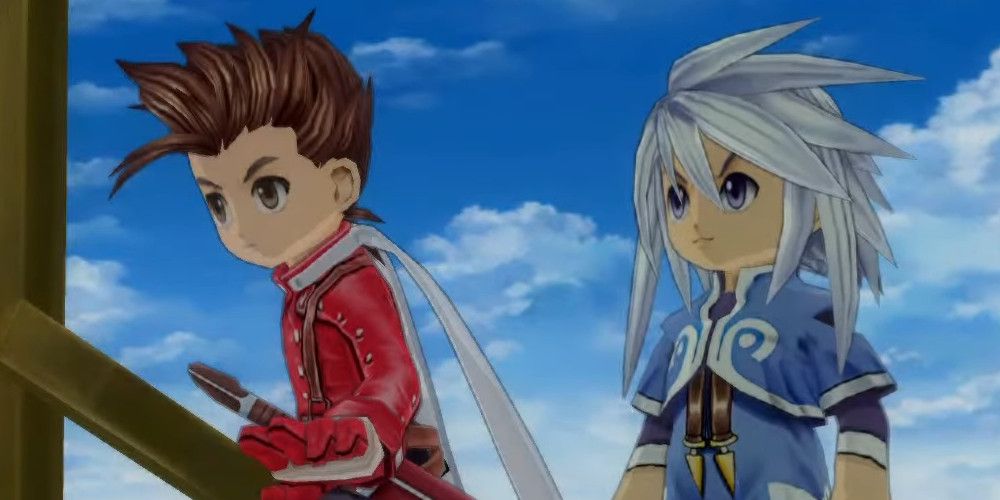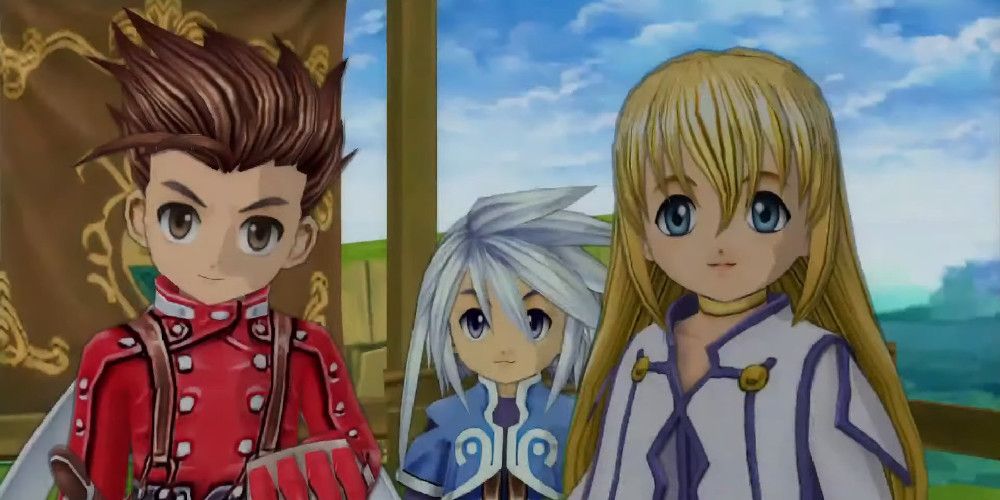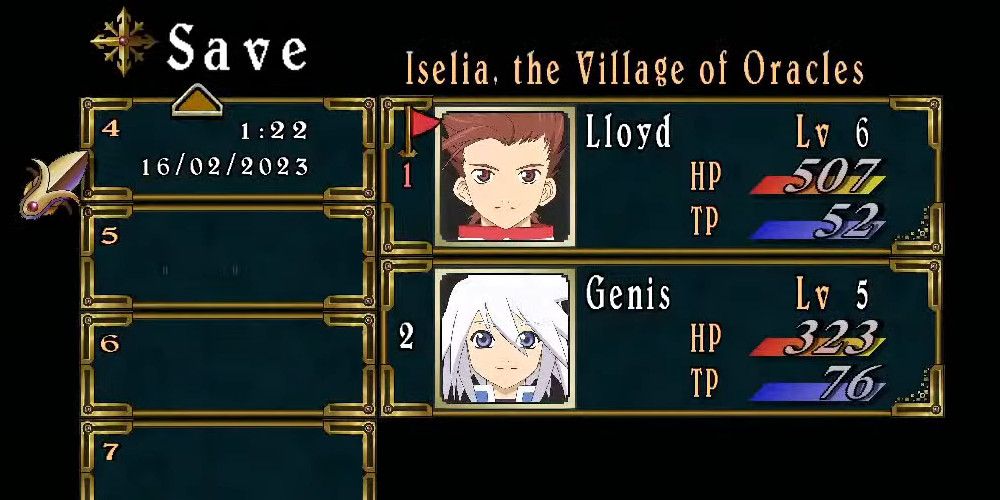Tales of Symphonia Remastered takes the original game's classic adventure and cleans up the graphics to sufficiently update it for the modern era in addition to making it accessible to audiences in the current console generation. Now, new audiences can experience the tale of Lloyd and his friends saving the world.
But if you aren't new to Tales of Symphonia, there are small changes and returning features that you're sure to take notice of — the attempted improvements don't stop at scaling up the original textures, actually changing many aspects of the game's visual design and features in both positive and negative ways.
10 The Costumes From Other Tales Of Games Are Back
One of the fun things about Tales of Symphonia was its use of titles to give characters alternate costumes to wear on the field — by completing special events, you would be able to change your character into outfits while forsaking any stat bonus a normal title would give you.
It may surprise you to learn that this remaster brings back not only those outfits from the original GameCube version of the game, but the legacy costumes that reference other Tales Of games from the PS3 edition, since they didn't originate from a Nintendo-approved version of the title — it's a nice, unexpected treat for fans of other games in the Tales Of series.
9 The Font Used For Dialogue Is Different
If you loved the original Tales of Symphonia, you're in for an immediate shock in just the first few minutes of the game — the iconic font used for all the text, including the text seen in the game's introduction, has been replaced with a more standard serif-bearing font.
While it may not seem like the most important thing in the world, this is a huge change to how players read dialogue and text — the original script gave a greater feeling of fantasy and whimsy since it was non-standard, whereas the newer font is more readable. It isn't a bad change, just one that may not suit you depending on your preference.
8 Some Scenes Are Shot A Bit Differently
Enough times playing through a game, and you're bound to start to memorize the little details in every other scene you lay your eyes on — that's why, if you've put Tales of Symphonia through the wringer enough times, you'll probably be thrown off by the way that the game presents some of its cutscenes.
Minor changes have been made to the positioning of the camera during certain cutscenes, like the camera being moved behind Genis as his older sister passes by him in the opening. It isn't terrible, but it often has so little effect that you end up questioning why they would do it in the first place.
7 The Art Lost Its Thick Black Lines
Cel shading was a huge part of Tales of Symphonia's charm — it was the core of the cutesy, fantasy RPG style that it was going for, making characters pop out of the background in any scene they were in. Sad to say, though, this effect has been removed in the remastered edition.
Tales of Symphonia Remastered removes any hint of an outline on its characters, giving them a slightly less cartoonish look– it isn't completely awful, but there's something lost in the newer style not being nearly as exaggerated as the original.
6 The Menu Art Has Been Modified
On the trend of making Tales of Symphonia look less cartoonish and more realistic, the menus have been sharpened and recolored to be more distinct on the screen — dark yellow borders now contain most boxes used in menu UI, and dialogue boxes have been given more angular corners so that they would resemble rectangles.
The original Tales of Symphonia had dialogue boxes with a much lighter border that was curved around their corners, giving a much softer and non-serious appearance. Like the font, this isn't really a bad thing, as both appearances work perfectly well for conveying information.
5 The Battle Transition Has Been Replaced
RPGs tend to need a way to get you between the overworld and the separate cordoned-off areas where you fight your battles, which is where interesting battle transitions come in to fill the void and distract the player from these two distinct areas of gameplay.
Tales of Symphonia used to have quite an entertaining battle transition, shattering the screen into pieces as you entered a new, more fraught situation — unfortunately, the remaster has replaced that complex effect with a simple fade to white before a battle. Overall, it's a lot less memorable, and doesn't really represent the danger that's inherent in combat.
4 Skits Are Now Done Over Black Screens
Skits are a sort of character-building cutscene in Tales of Symphonia (comparable to the Heart to Hearts found in the Xenoblade Chronicles series) which involve drawn versions of the characters having conversations between themselves about a wide variety of topics.
These completely optional bonus scenes used to be done on top of regular gameplay, dimming the overworld in the background while the characters talked — now, the remaster has put these scenes into a black void, allowing the sole focus of the scene to be on the characters, without any interference from the background.
3 The FPS Is Lower Than In The Original
The original Gamecube edition of Tales of Symphonia ran at a crisp 60 frames per second, which made the game look extremely smooth, and accentuated the cartoonish style that the game was going for. It wouldn't be unreasonable to expect that the new edition, running on the most powerful console in Nintendo's history, would be able to match this performance easily.
Sadly, Tales of Symphonia is locked at 30 frames per second in its new remastered state, which doesn't make it unplayable, but will definitely make you feel strange if you played the original 60 FPS version.
2 There's A Skip Button For Cutscenes
One of the better quality-of-life improvements offered by Tales of Symphonia is its button for skipping cutscenes. Being an RPG, it (hopefully) doesn't really have a place on a first run-through, but if you love Tales of Symphonia and want to jump right back into the gameplay, this gives you the chance to speedrun to your favorite parts.
Even if you don't plan on using the skip function, it's still a great option to have, since you have to go back to earlier saves in order to see different paths on the branching narrative that Tales of Symphonia provides.
1 Save Files Now Record The Date
While it's a rather simple quality-of-life update to the original Tales of Symphonia gameplay, the fact that you can now see the date that you saved your game makes this change incredibly useful, especially if you don't have the free time required to complete this game in under a week.
In earlier iterations of the game, if you wanted to go back to earlier points in the story to complete branching content, you would have to remember the specific slot you saved in. Now, you can see which of the saves was made the earliest, meaning you can easily identify which save is which based on the date.

